Not all scars are created equal—and treating the wrong type at the wrong time could mean wasted time, money, and energy. Understanding whether you’re dealing with hyperpigmentation or a hypertrophic scar is the first step to effective recovery. Once you know the difference, you can match your treatment to your scar’s needs—and support your skin’s healing process more effectively with science-backed strategies like those found in Rejuvaskin’s scar therapy system.
Why It’s So Easy to Misidentify a Scar
Scars evolve in stages, and during healing, your skin may go through many visible changes. Redness, thickness, and dark pigmentation often overlap, making it hard to tell what’s happening underneath. But the distinction matters:
-
Hyperpigmentation is a discoloration issue, not a structural one.
-
Hypertrophic scars are raised and dense due to excess collagen.
Using lightening products on a raised scar won't flatten it. And trying to "shrink" a dark flat mark may just irritate your skin. That's why timing and diagnosis matter.
So What’s the Difference?
Hyperpigmentation (a.k.a. Post-Inflammatory Hyperpigmentation)
Hyperpigmentation refers to flat areas of darkened skin that remain after injury or inflammation. They’re more common in skin of color and often made worse by UV exposure. These spots are a result of overproduction of melanin—not scar tissue itself.
In scientific studies, hyperpigmented scars have shown increased activity in melanocyte-related genes like TYR and TYRP1, responsible for melanin production (Carney et al., 2018).
Laser therapies like Q-switched Nd:YAG lasers have been shown to effectively target this pigmentation by breaking down melanosomes in the skin (Ruchiatan et al., 2022).
Hypertrophic Scars
Hypertrophic scars are raised, firm, red or pink scars caused by excess collagen buildup during healing. Unlike keloids, they stay within the boundary of the original injury. They're often itchy or painful and may continue to evolve for months.
Clinical research confirms that hypertrophic scars show abnormal collagen deposition and increased fibroblast activity, and early intervention can make a major difference (Rabello et al., 2014).
How to Tell Which One You’re Dealing With
Here are some signs to help you determine your scar type:
-
Flat and Dark? Likely hyperpigmentation—focus on pigment-correcting ingredients and sun protection.
-
Raised and Red? You may have a hypertrophic scar—you’ll need collagen-modulating treatments like silicone.
-
Is it expanding beyond the original wound? That could be a keloid, which needs medical evaluation.
-
New scar? Early care is key, especially if your skin is prone to scarring or pigmentation changes.
If you’re unsure, dermatologists can assess the scar’s stage and type to guide treatment—especially for scars on the face or sensitive areas.
When (and How) to Start Treatment
For Hyperpigmentation:
-
Start when the wound has fully healed and the skin is no longer raised or inflamed.
-
Focus on brightening agents, antioxidants, and sun protection.
-
Rejuvaskin’s Scar Esthetique Scar Cream combines vitamin C ester, licorice root extract, and onion extract—a blend shown to safely reduce pigmentation without irritation.
Emerging research supports the use of melanogenesis-inhibiting agents in post-burn pigmentation, especially in darker skin types (Poetschke & Gauglitz, 2020).
For Hypertrophic Scars:
-
Early treatment is essential—ideally within weeks after the wound closes.
-
The gold standard is silicone therapy, shown to reduce scar height, redness, and itchiness.
-
Rejuvaskin’s RejuvaSil Silicone Scar Gel and Silicone Scar Sheets offer targeted, physician-trusted options backed by years of clinical use.
A comparative study showed that silicone gel sheets were just as effective—if not more so—than more aggressive treatments like IPL in reducing scar thickness, while being safer and more comfortable for long-term use (Babu et al., 2018).
Best Practices: Combining Care at the Right Time
Scars evolve, so your strategy should too. Here’s how to layer your care over time:
-
Early Healing (Weeks 0–6)
Once the wound is fully closed, start RejuvaSil Silicone Gel to minimize raised tissue. Keep the area protected from UV light to avoid triggering pigmentation. -
Mid-Healing (Weeks 6–12+)
If the scar becomes raised or itchy, consider silicone sheets overnight and massage with Scar Esthetique during the day. This can support collagen remodeling and reduce discomfort. -
Post-Healing (3+ Months)
Once the scar is flat, shift focus to pigment correction with gentle brighteners. Continue using SPF and Rejuvaskin creams to fade residual discoloration safely and effectively.
Avoid These Common Scar Mistakes
-
Using brighteners too early: Applying pigment-reducing agents to open or inflamed wounds can worsen irritation.
-
Skipping UV protection: UV exposure is a top cause of post-inflammatory hyperpigmentation—especially in skin of color.
-
Quitting silicone therapy too soon: Most scars need at least 60–90 days of consistent use to see results (Rabello et al., 2014).
Know Your Scar, Heal Smarter
Whether you're dealing with flat, dark spots or raised, red bumps, identifying the type and stage of your scar is critical. Using evidence-based treatments at the right time—like silicone gels for hypertrophic scars and antioxidant-rich brighteners for hyperpigmentation—can significantly improve your results.
Rejuvaskin’s scar care system supports your skin every step of the way with gentle, effective formulas that respect your skin’s biology—because healing doesn’t have to be a guessing game.
Works Cited
-
Babu, P., Thiruvoth, F. M., & Chittoria, R. (2018). Intense pulsed light vs silicone gel sheet in the management of hypertrophic scars. Journal of Cosmetic and Laser Therapy, 21, 234–237. Link
-
Carney, B., Chen, J. H., Luker, J. N., et al. (2018). Pigmentation diathesis of hypertrophic scar. Journal of Burn Care & Research, 40(1), 58–71. Link
-
Poetschke, J., & Gauglitz, G. (2020). Hyperpigmented Scar. In Textbook on Scar Management. Link
-
Rabello, F. B., Souza, C. D., & Farina Júnior, J. A. (2014). Update on hypertrophic scar treatment. Clinics, 69, 565–573. Link
-
Ruchiatan, K., Suhada, K. U., Hindritiani, R., Puspitosari, D., & Septrina, R. (2022). Combination laser therapy for hypertrophic scar and hyperpigmentation. International Medical Case Reports Journal, 15, 23–27. Link
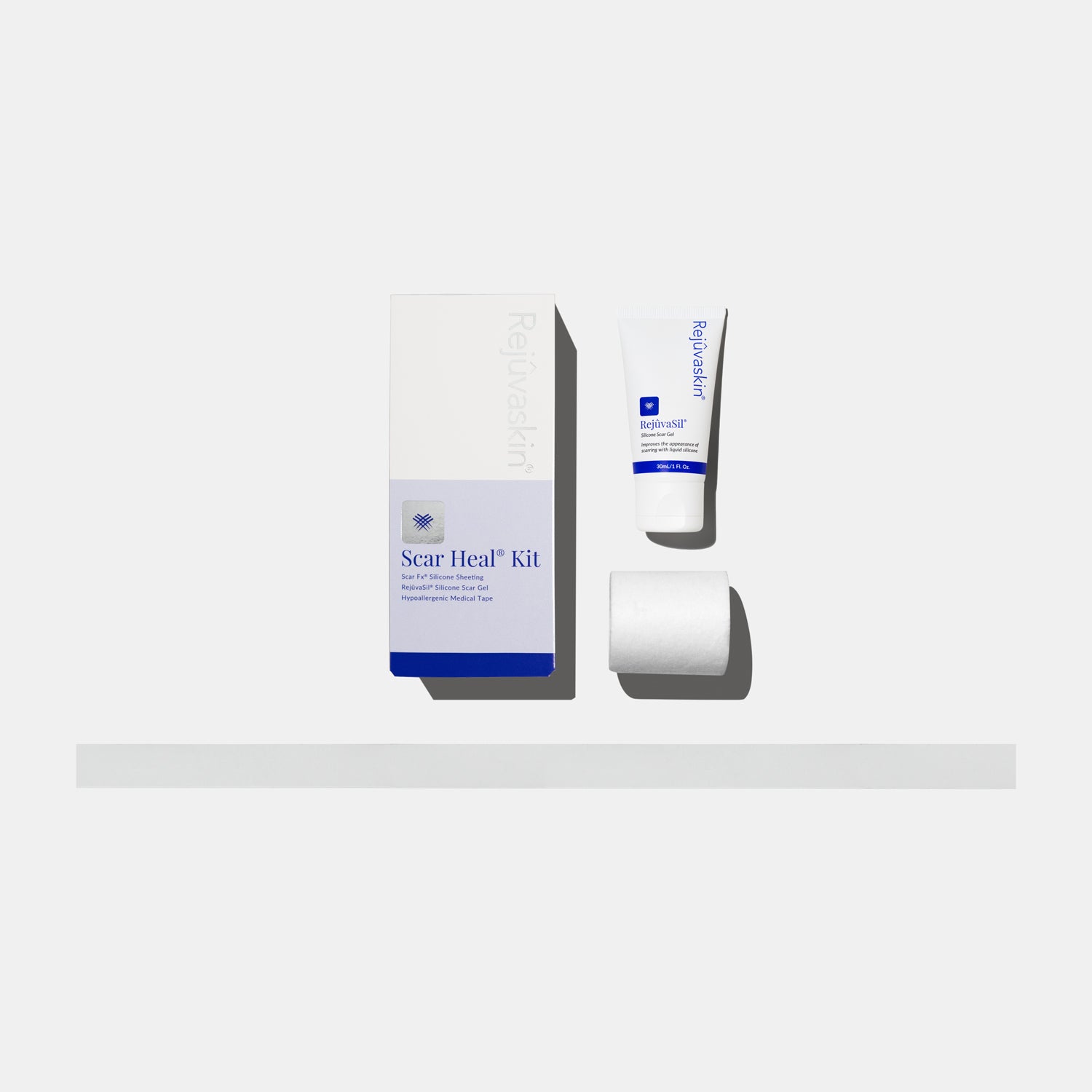


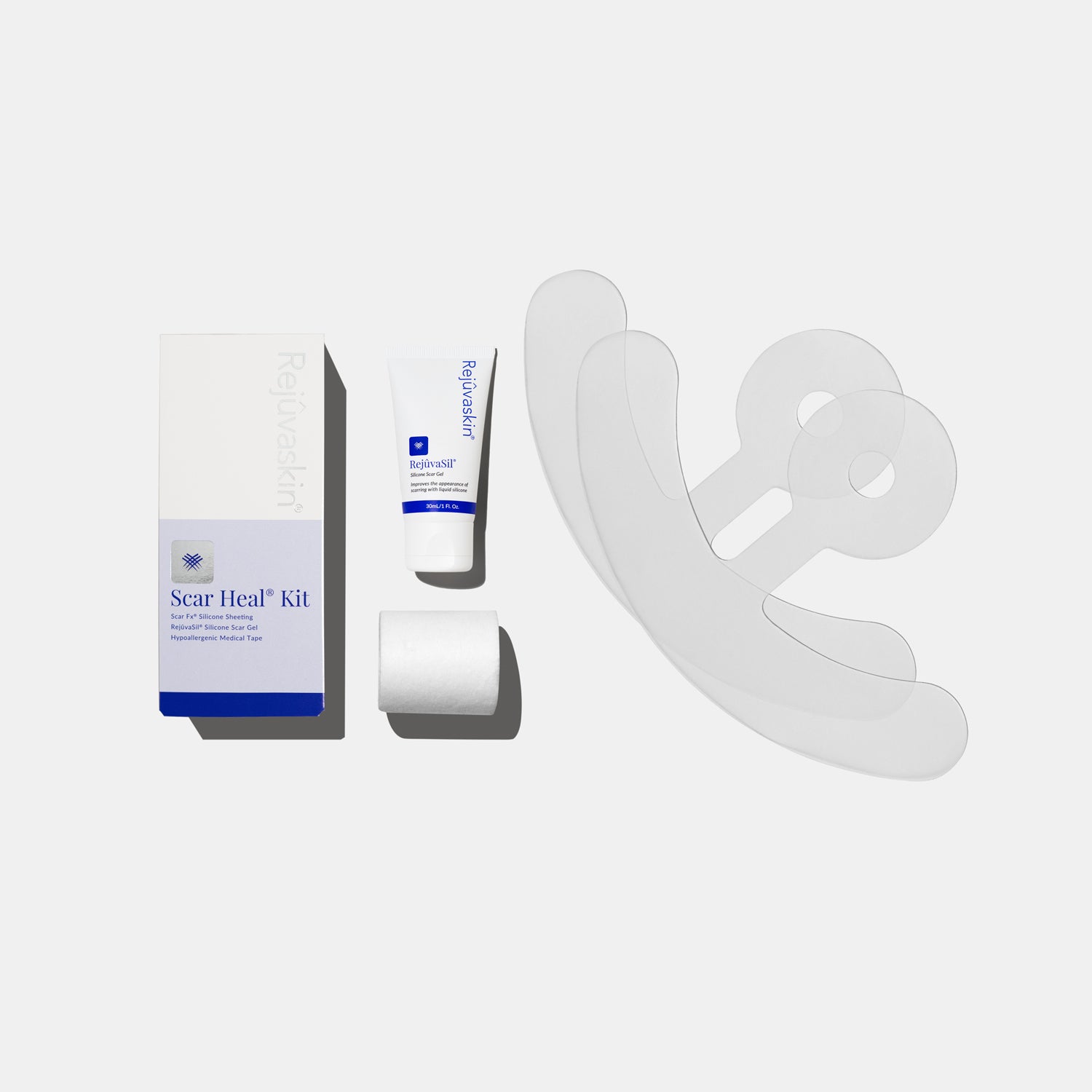
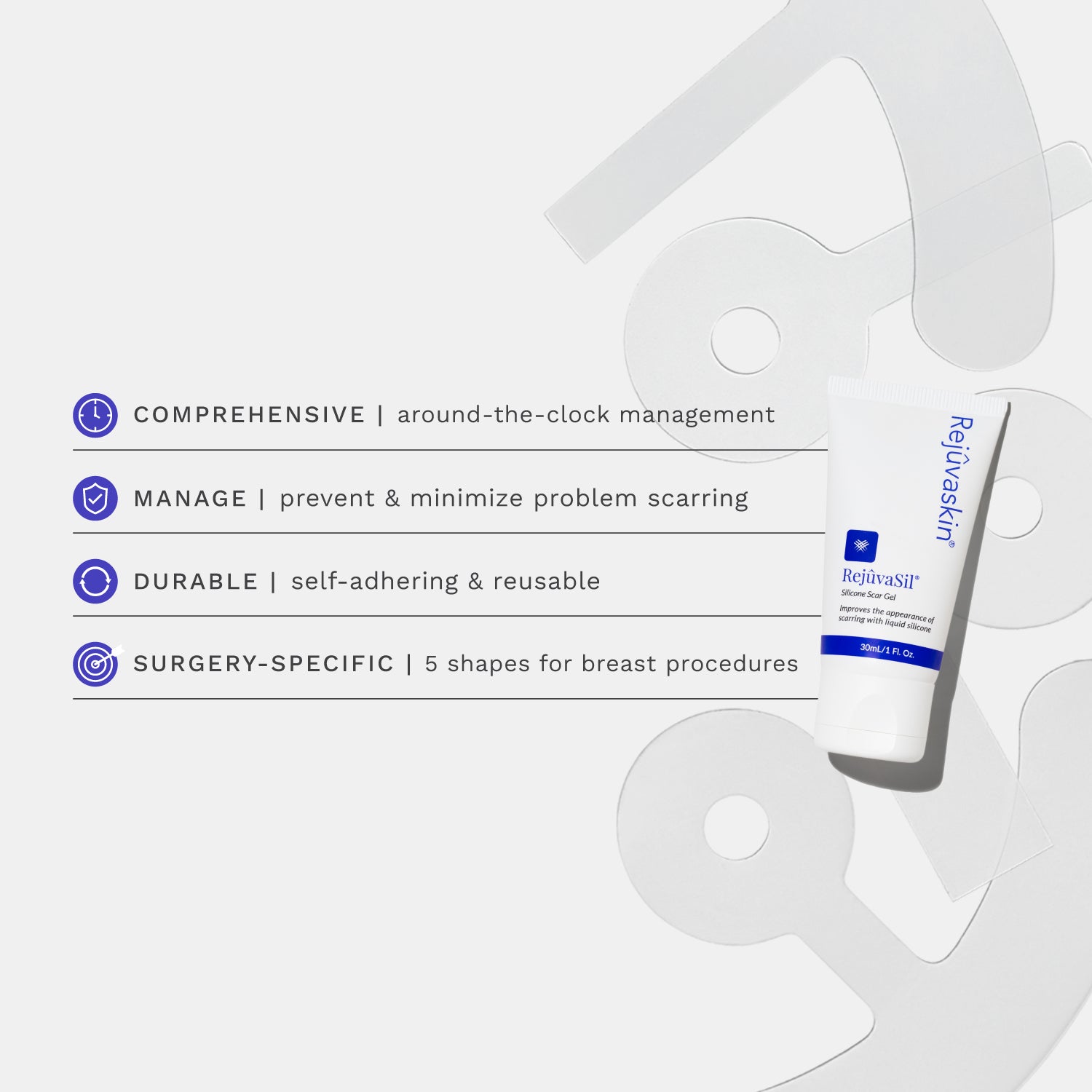
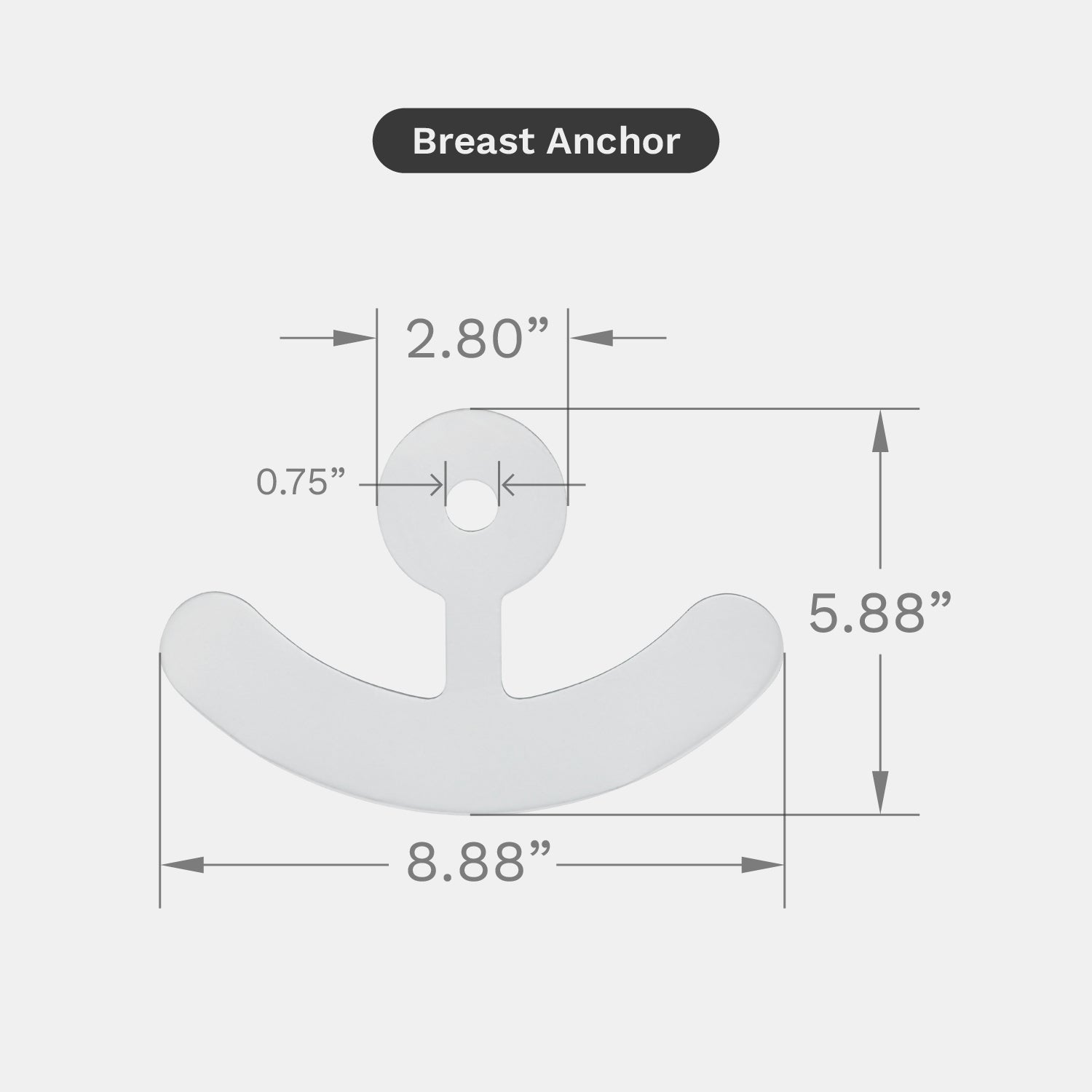
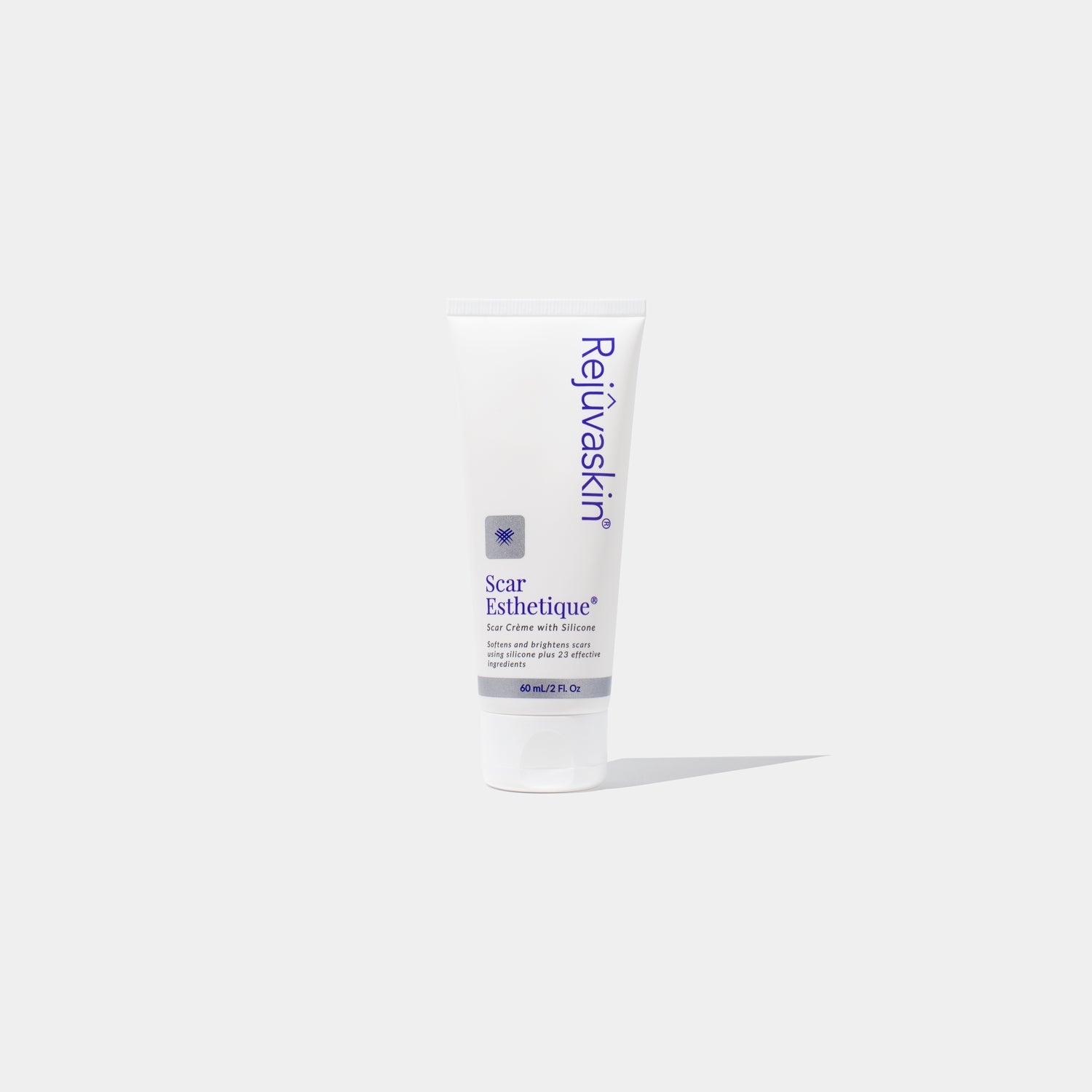
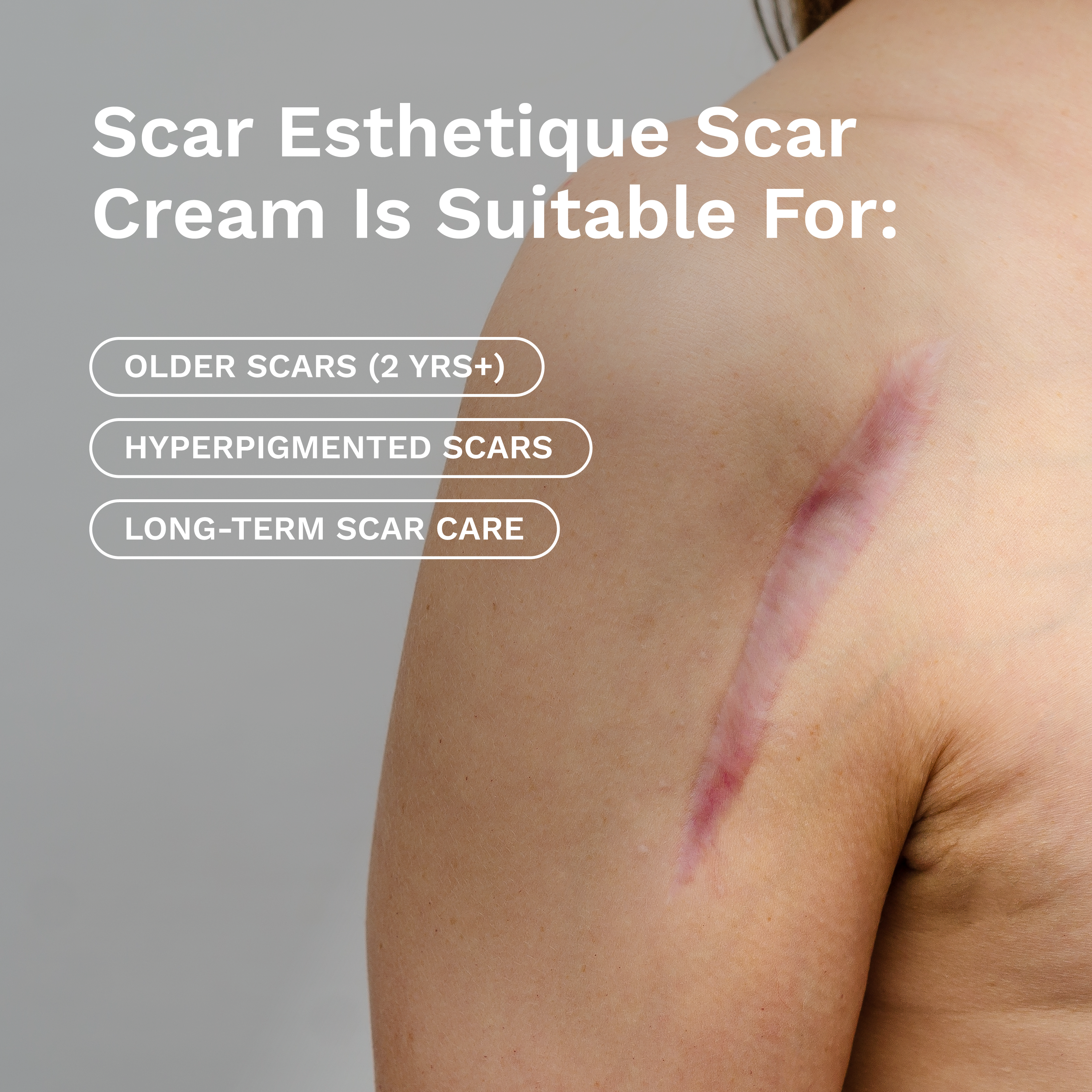









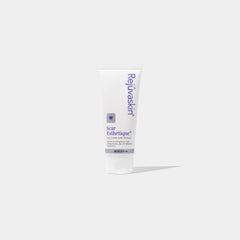
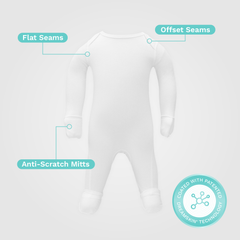


Leave a comment